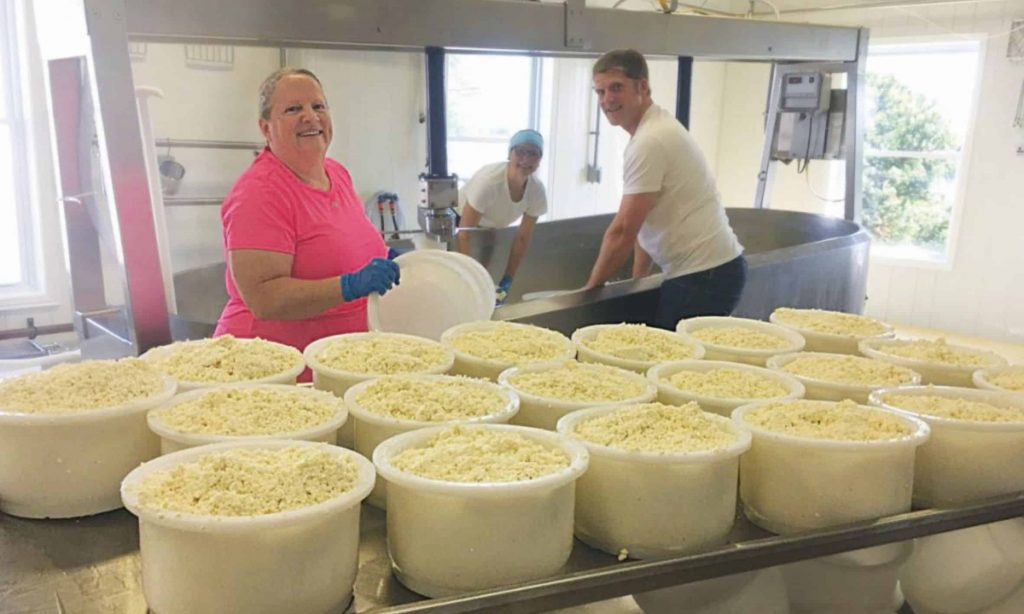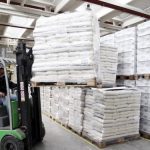
But local cheesemaking pioneer Margaret Peters Morris says it’s an attractive idea for some farmers looking to expand their revenue stream without expanding their herds.
There are now 20 cow-milk dairy farms licensed in the province to handle the processing and marketing of at least some of their milk — a far cry from the one or two when Morris first began dabbling in cheesemaking at her family’s ancestral dairy farm in the mid-1990s. She went on to open her own cheesemaking supply shop, Glengarry Cheesemaking Inc., in the late 1990s as well as her own on-farm cheese plant, Glengarry Fine Cheese, in 2008.
Dairy farmers who make the leap into processing today do so “because they have children on the farm who want to stay there,” she says. “Some farms can’t expand the numbers of their dairy herd, but if they can convert some of that milk into finished product, then they can remain at that herd size and still be able to have all of their family members participate in that farm, and have a livelihood.”
She estimates a farm earns 20 to 25 % more on a litre of milk that is processed into products and sold by the farm, over milk that gets shipped out in bulk as usual.
Morris’s own cheese plant would have counted as an on-farm dairy processor until the closure of her brother’s dairy herd 7 or 8 years ago. Now the milk is drawn as needed from two other nearby farmers down the road, in agreement with the Dairy Farmers of Ontario (DFO). The operation uses an amount of milk equivalent to a 50- or 60-head herd.
On-farm dairy processing has come a long way since she first had to figure a lot out for herself 25 years ago, and she credits DFO with actively encouraging farmers into on-farm processing. The DFO realizes that “on-farm processing is going to be a very important element of milk utilization in our province,” Morris says.
She’s also involved with a University of Guelph processor-licensing program, and as an advisor to new processor candidates, she runs them through a checklist of required commitments “because it’s a big commitment, financially and also on a routine basis. Running a plant is like running a farm,” Morris explains.
Building an average plant takes at least several months of planning before construction and “easily” costs more than $1 million, she estimates, though there are much smaller, single-vat operations in the mix. The new operator should also be prepared for about three years of marketing “legwork” to get their products known after start-up. She added, however, that DFO tries to ensure that these on-farm operations don’t offer similar products in close proximity to each other.
And as the number of farm-based cheese, yogurt, ice cream makers increases on the Ontario landscape, Morris only sees a trend of growing market share together. “I find when you have more products, and they’re all a little bit different from each other, there’s a complementary or synergistic effect, and we all still sell. We’re not really competing. What we all want to do together is create really good regional dairy products.”




















